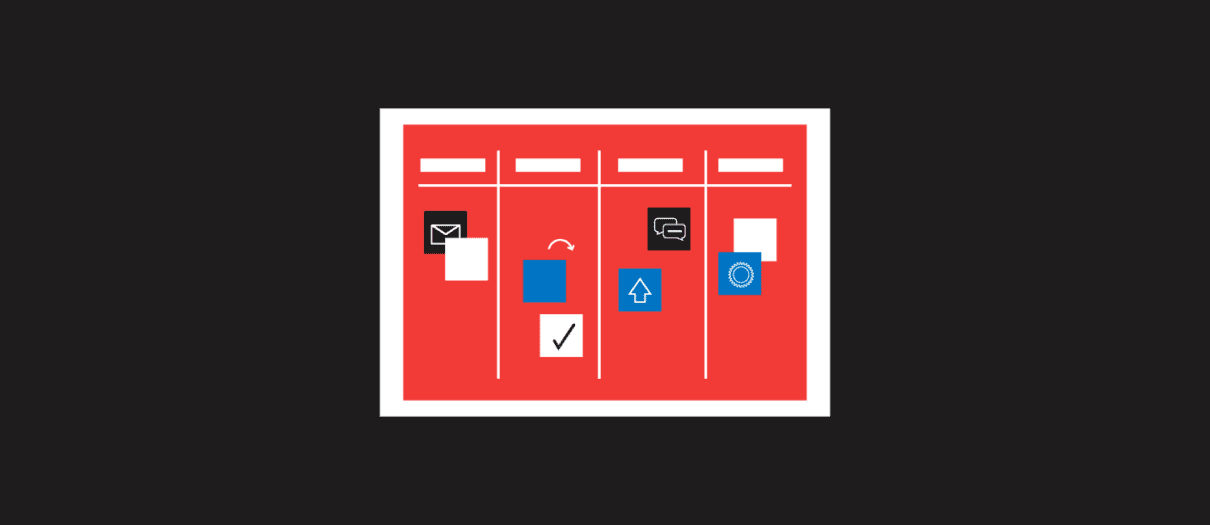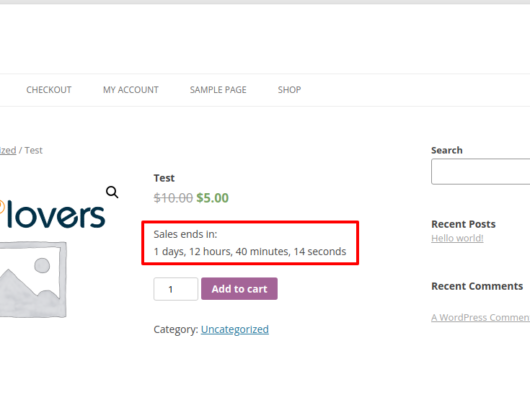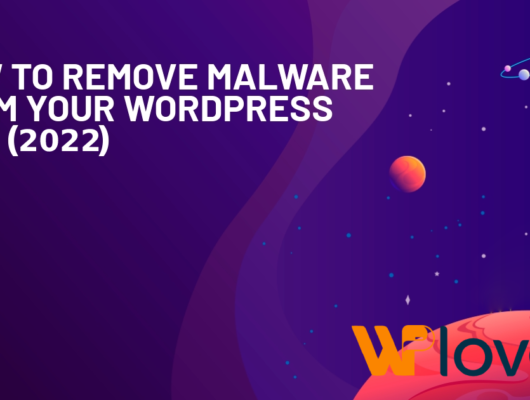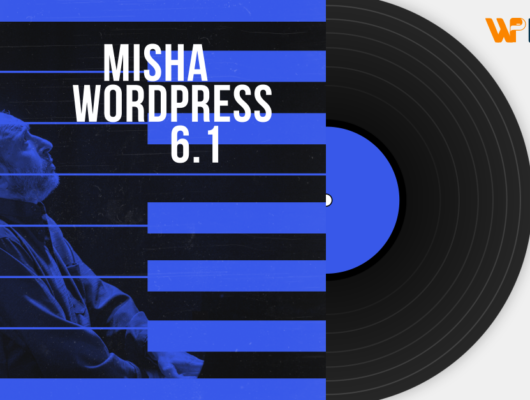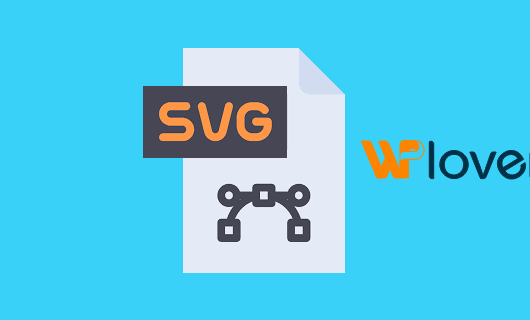A well-run WordPress blog can be a major factor in your website’s success. If it isn’t managed effectively, a blog can quickly take up a lot of your time with extraneous tasks, and turn your focus away from content creation.
Ultimately, bloggers shouldn’t have their time dragged down by administrative duties. Given this, it’s important to look at the various ways you can streamline site maintenance, such as using calendars and automation.
In this article, we’ll first take a look at some of the challenges faced by WordPress bloggers. Then, we’ll offer practical tips to manage your blog. Let’s get started!
The challenges of maintaining a WordPress blog
Blogging can be rewarding, but comes with a plethora of responsibilities too. While blogs are definitely potential income sources, through ads or selling services and products, you may only have so much time available to devote to maintaining one.

For example, much of your effort may be focused on content creation. However, you’ll still need to think about how you can increase engagement, drive traffic, and build up your site’s credibility and trust.
Each day may present its own unique challenges that you also have to accommodate into your schedule. Indeed, one unforgiving part of blog maintenance comes with some of the administrative aspects you’ll encounter.
Unless you have a strategy in place to implement effective management techniques, your focus could be quickly diverted. Over time, this might lead to your energy, best spent on growing your blog, being eaten up by site administration.
3 tips for managing your WordPress blog
While there’s definitely a lot of work to be done, there is plenty you can do to manage your blog a little better. As such, let’s discuss three tips you can adopt to help.
1. Introduce efficient scheduling (and use a good calendar app)
Given its nature, one of the more challenging aspects of maintaining a WordPress blog is time management. Consider that it can take up to 3.5 hours to write a blog post on average. When you factor in the other demands of a modern blogger, it’s little wonder that many sites no longer publish weekly compared to a few years ago.
As with many aspects of life, poor time management can potentially undermine your overall administration as a blogger. One way to ease the burden of time is by adopting a structured and efficient schedule.
For instance, you could set days aside for writing out topic ideas, article outlines, building posts, optimizing content, and publishing. You could even schedule in time for engagement with commenters and users.
It’s an approach that can be applied to various aspects of your blog, such as content creation and posting times. Of course, this can still be overwhelming.
As such, you might want to map out a schedule of tasks, assignments, and goals. To help streamline this, you could add Google Calendar to WordPress.
For the uninitiated, Google Calendar lets you set automatic reminders, keep track of important events, and offer a boost to your overall organization. However, to integrate it into your WordPress website simply, you’ll have to utilize a plugin such as My Calendar.
Regardless, integrating Google Calendar into WordPress can help you avoid becoming overwhelmed by your schedule, or burning the midnight oil to meet deadlines. Either way, exhaustion and chaos could undermine the quality of your blog.
2. Adopt a strategy for blog comment moderation
Another potential headache when managing and maintaining your WordPress blog is the comments section. Unfortunately, individuals with questionable motives, such as trolls and spammers, can quickly turn your site’s comments into a minefield for visitors.
Over time, constantly filtering and deleting unwanted comments can take up your time and potentially impact your blog’s Search Engine Optimization (SEO). After all, one technique of spammers is filling comments with questionable links, which Google will notice.
To counter this, one effective strategy could be to set up a comment policy that codifies acceptable behavior on the part of users. This can make moderating your comments less contentious, given that all users would need to consent before commenting.
Of course, a comment policy is only one arrow in your quiver. It can be potentially strengthened by being proactive with your comment moderation, and going through your WordPress blog’s comment settings:

For instance, you could require that a user be registered before they can leave a comment, or place a time limit on being able to comment on a post. As such, you could close a comments section without worrying about disruptive messages being left on old articles that go unmoderated.
For the articles still within your moderation scope, you could use the handy bulk management options your comments:

By taking these steps, you can make this aspect of blog maintenance more efficient and effective. When you can create specific conditions to be able to comment, you also narrow down the number of individuals who are able to leave potentially dangerous remarks.
3. Automate certain administrative tasks for your WordPress blog
Unfortunately, many important site maintenance tasks could divert your focus away from the core of your blog. However, a lot can be automated by using plugins or WordPress’s own back-end features.
In fact, you could automate the following:
- Broken link detection
- Post scheduling
- Site backups
- Social sharing
- Spam filtering
- WordPress, plugin, and theme updates
Thankfully, many of these tasks can be automated for free. In particular, Akismet filters spam, Blog2Social automates social sharing, while scheduling can be done through WordPress itself.

As a blogger, you may already make extensive use of plugins. You also may have noticed how often you have to update your plugins, themes, and site overall.
After all, bugs and other minor issues may be undermining the general administration of your blog. Certainly, updating can be important since the stability of your site may often rely on how up-to-date they are.
While you could manually enable automation, there are plugins that can do it too, such as Easy Updates Manager. Either way, automation (whether for updates or social sharing,) can lessen the hassles of managing your blog.
Conclusion
Your WordPress blog deserves your focus to be on its content and long-term growth. By taking measures to improve your site’s administration, you can help ensure that your time is spent more on developing the front-end of your site.
Let’s recap three of the ways you can better maintain your WordPress blog:
- Add Google Calendar to your WordPress blog.
- Adopt a comment and moderation strategy.
- Utilize automation where possible for your site.
